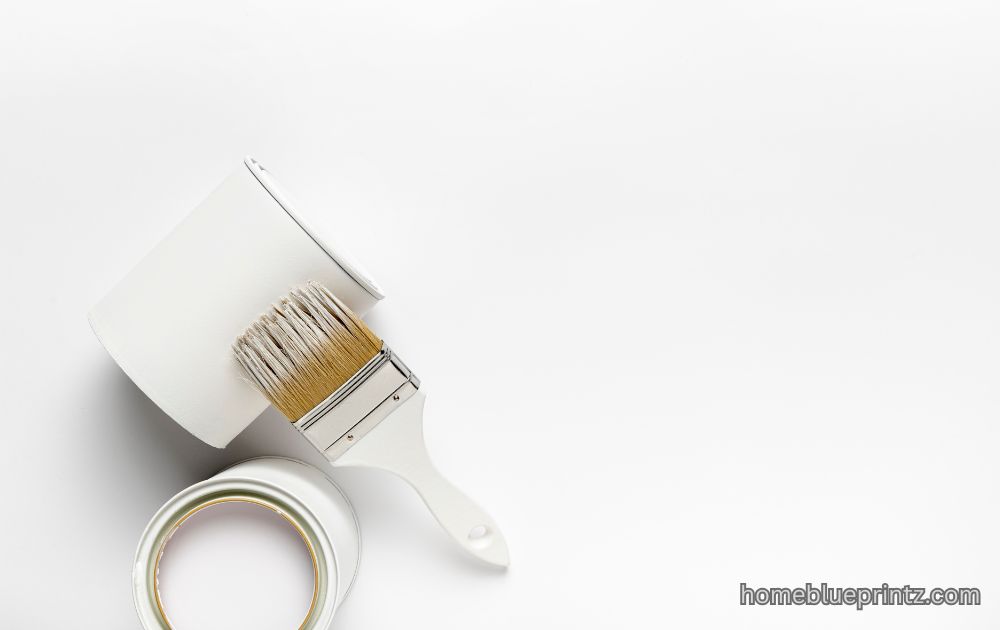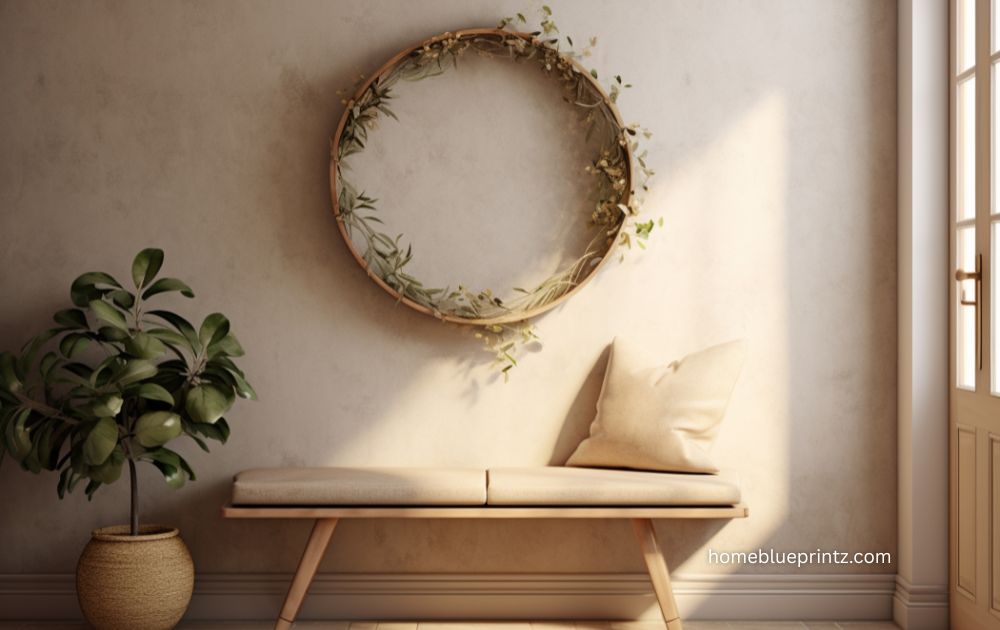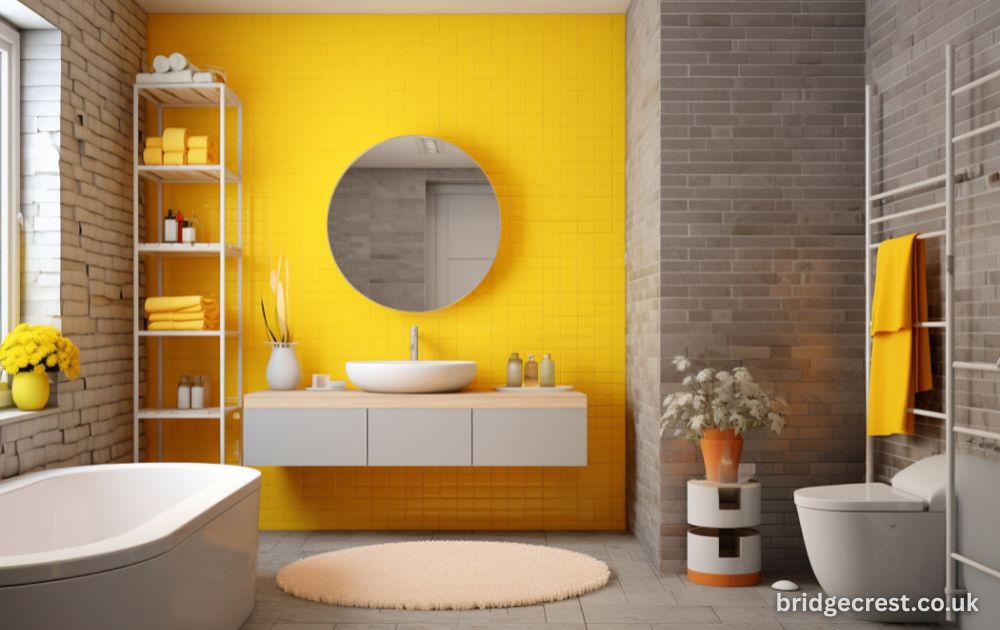Benjamin Moore Simply White: The Timeless Paint Choice for Every Home
When it comes to choosing the perfect white paint, few colors are as beloved as Benjamin Moore Simply White. Known for its clean yet soft look, this shade has been a favorite among homeowners, decorators, and designers for years. It offers just the right amount of warmth to avoid looking stark, while still maintaining a crisp, modern feel.
What is Benjamin Moore Simply White?
Simply White (OC-117) is a versatile shade from Benjamin Moore’s Off-White Collection. Unlike some whites that lean too gray or too yellow, this one strikes a perfect balance. Its undertones give it a fresh yet welcoming character, making it suitable for almost any room in the house.
The Unique Undertones of Simply White
What makes Simply White special is its subtle warm undertone. It has a touch of yellow, which prevents it from looking cold or clinical. Depending on the light, it can shift from a bright, airy white to a softer, warmer hue—making it adaptable and ever-changing throughout the day.
Why Designers Love Simply White
Designers adore Simply White because it works with almost everything. Whether you’re creating a sleek modern home, a cozy cottage, or a bright farmhouse kitchen, this shade blends seamlessly. It’s neutral enough to let furniture and decor stand out while still adding warmth to the space.
Simply White Benjamin Moore Paint in Different Spaces
Simply White adapts beautifully to any room, offering a timeless backdrop that enhances both natural light and interior style. Here’s how it works in different areas of the home:
-
Living Rooms: Creates a bright, welcoming space that feels open and airy.
-
Kitchens: Ideal for cabinets and walls, pairing perfectly with wood or marble.
-
Bedrooms: Brings a soft, calming atmosphere for restful nights.
-
Bathrooms: Delivers a clean, spa-like vibe with a touch of warmth.
Simply White for Exteriors
When used on exteriors, Benjamin Moore Simply White delivers a timeless, elegant look that feels both fresh and welcoming. Its soft warmth keeps it from appearing too stark under natural sunlight, making it a great choice for siding, trim, and shutters. Paired with black accents, wood finishes, or natural stone, it creates a balanced and sophisticated curb appeal.
Benjamin Moore Simply White vs White Dove
This is one of the most common comparisons. White Dove is slightly creamier and has stronger beige undertones, making it softer and more muted. Simply White, on the other hand, is brighter and more reflective, ideal for those who want a fresher, cleaner look.
Best Color Pairings with Simply White
-
Soft Neutrals: Pale grays, taupes, and beiges.
-
Bold Contrasts: Navy blue, charcoal, and deep green.
-
Wood Tones: Oak, walnut, and reclaimed wood.
Simply White in Modern Design
Simply White shines in modern spaces because of its clean yet inviting feel. It acts as a crisp backdrop that highlights sleek furniture, sharp lines, and minimal decor. Unlike cooler whites, its soft warmth keeps the room from feeling too sterile, making it perfect for open layouts and contemporary homes. Whether paired with bold accents or natural textures, Simply White adds balance and sophistication to modern interiors.
Simply White in Traditional Homes
Lighting Considerations for Simply White
The beauty of Benjamin Moore Simply White lies in how it shifts with lighting, so it’s important to consider the type of light in your space before choosing it.
-
Natural daylight: Enhances its bright and airy quality.
-
Warm artificial lighting: Brings out its soft yellow undertones.
-
Cool LED lighting: Makes it appear sharper and closer to a true white.
Popular Finishes for Simply White Benjamin Moore Paint
Simply White adapts beautifully to different finishes, making it easy to use across walls, trim, and cabinetry. The right finish can highlight its brightness and enhance durability.
-
Matte & Eggshell: Ideal for walls in living rooms and bedrooms.
-
Satin: Great for kitchens, hallways, and bathrooms.
-
Semi-Gloss: Perfect for trim, doors, and cabinetry.
-
High-Gloss: Best for statement details like moldings or built-in furniture.
Styling Tips When Using Simply White
When decorating with Simply White, consider pairing it with wooden floors for warmth or black accents for contrast. Textured fabrics, metallic decor, and colorful artwork also stand out beautifully against its clean background.
Common Mistakes to Avoid
Some people find Simply White too warm when used in darker, poorly lit rooms. Also, pairing it with cool-toned whites can cause a clash. Instead, stick to complementary warm or neutral shades for a seamless flow.
Conclusion
Simply White by Benjamin Moore is more than just a paint color—it’s a design staple. Its perfect balance of warmth and brightness makes it versatile enough for any style, from modern minimalism to cozy tradition. Whether you’re painting walls, cabinets, or exteriors, Simply White continues to prove why it’s one of the most trusted shades in the design world.
FAQs
1. Is Simply White warm or cool?
Simply White is a warm white with soft yellow undertones, giving it a welcoming feel.
2. Can I use Simply White on ceilings?
Yes! It works beautifully on ceilings, especially when paired with the same wall color for a seamless look.
3. How does Simply White compare to Chantilly Lace?
Chantilly Lace is a crisper, cleaner white with no noticeable undertones, while Simply White has a slight warmth to it.
4. Is Simply White good for small spaces?
Absolutely. Its brightness helps open up small rooms and makes them feel larger.
5. What trim colors go with Simply White?
You can use Simply White itself for a monochromatic look or pair it with a slightly brighter or darker neutral for contrast.
Share this content:














Post Comment